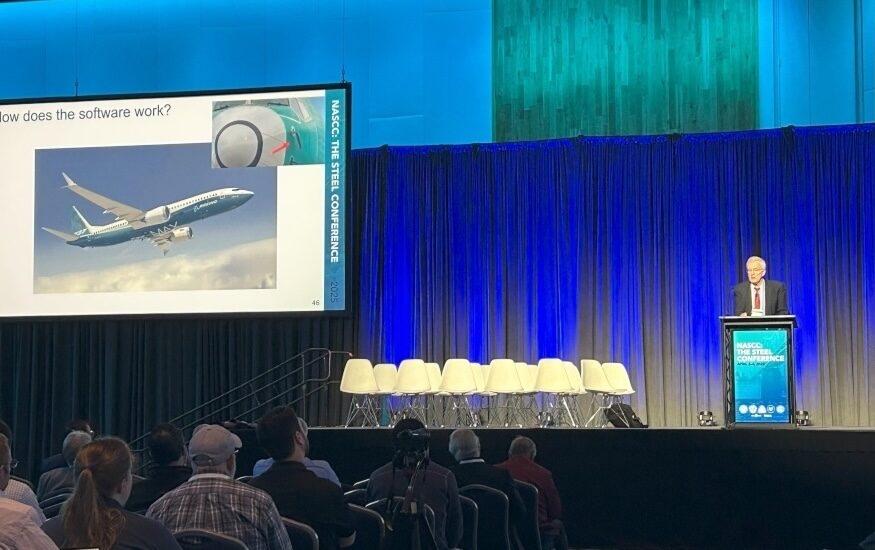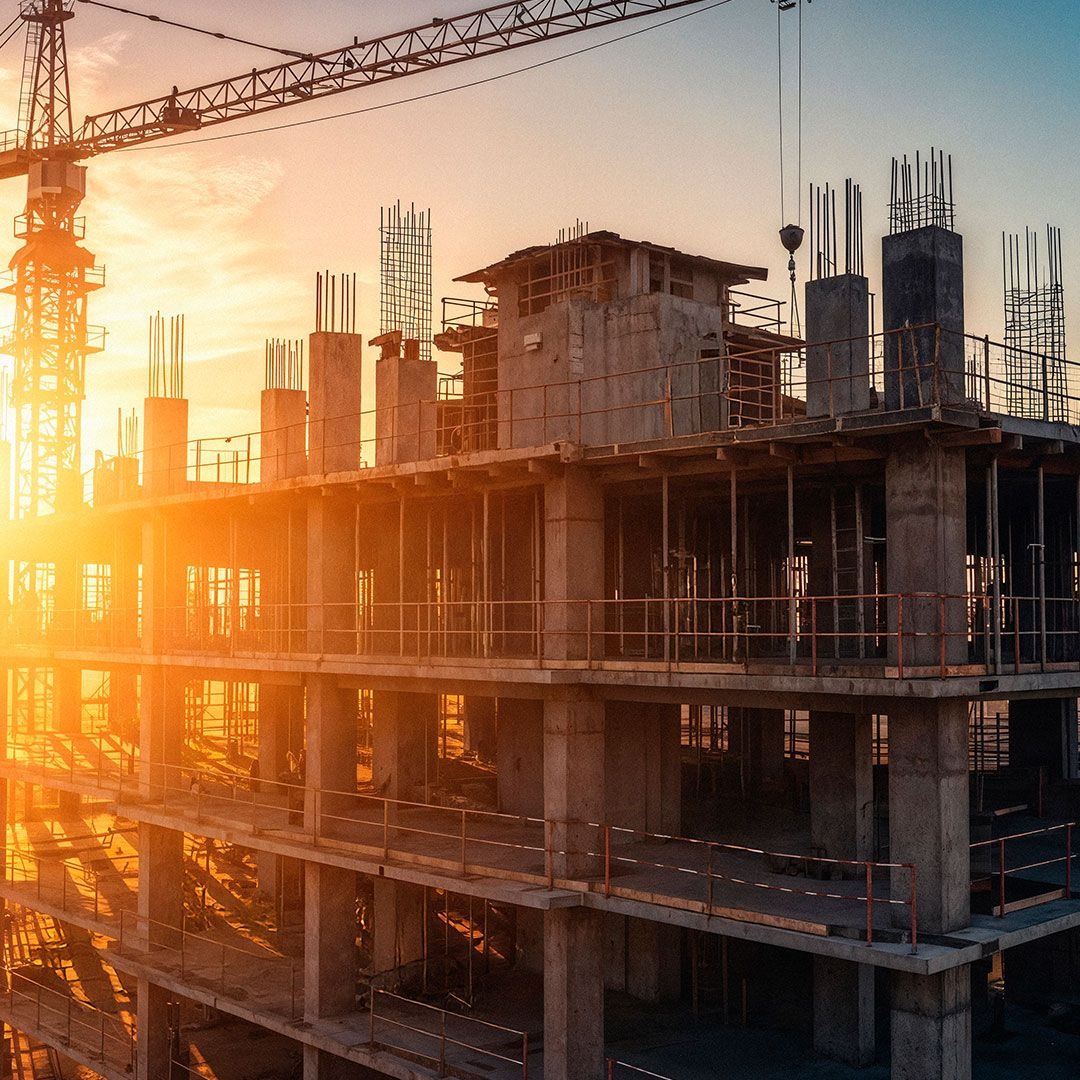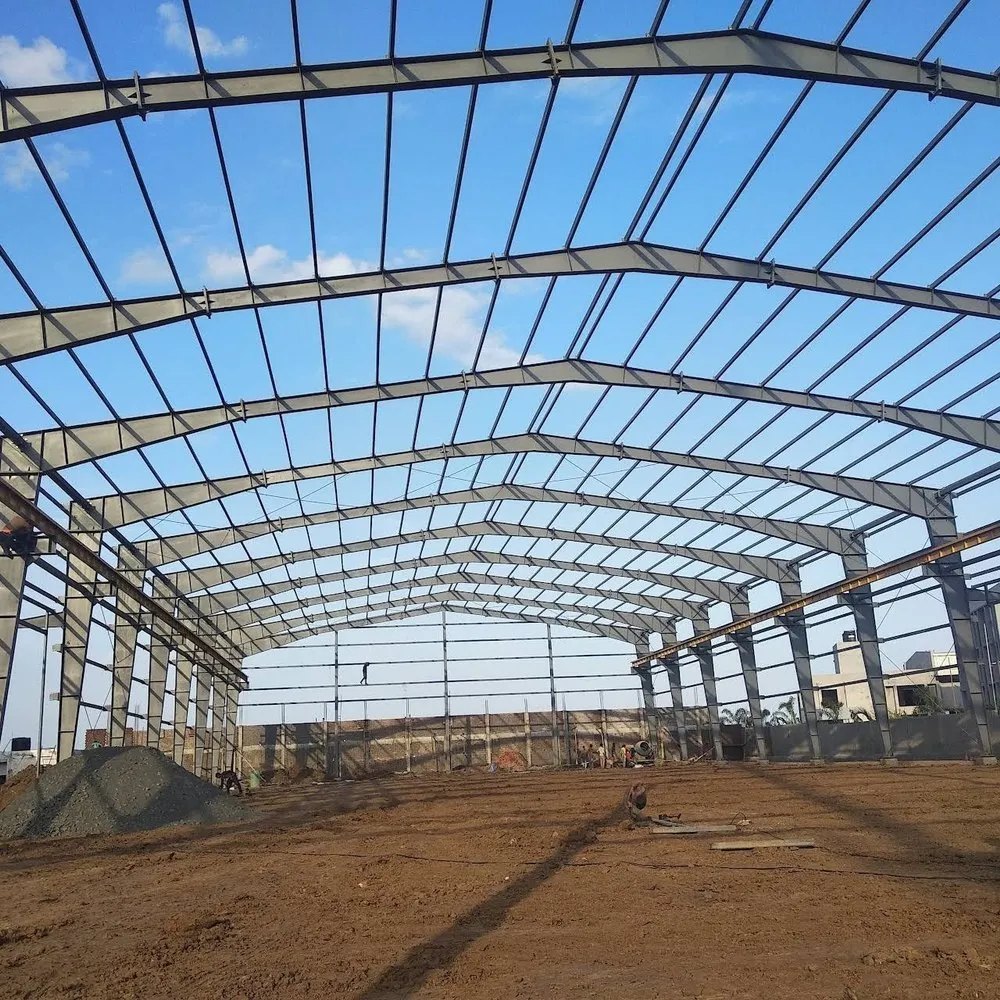
Steel Construction Institute Announces AI ‘Clark’ and Supports Tariff Policies

At the opening keynote of the North American Steel Construction Conference April 2 in Louisville, Ky., the American Institute of Steel Construction introduced and announced “Clark,” an artificial intelligence-powered agent meant to assist engineers with code and best-practice questions.
There were 2,200 “Ask AISC” inquiries last year from the institute’s Steel Solutions Center on its website. Clark is a large language model trained with information from design guides such as AISC’s Steel Construction Manual and the myriad codes and standards the institute publishes, Christopher Raebel, AISC vice president and director of engineering said.
He explained that Clark is “the first outwardly looking presentation of our AI initiative. Clark will be able to give you information on any of our codes and standards, design guides and technical information,” Raebel said.
Clark’s purpose-built large language model is designed to assist with questions such as how to use the information it provides and to explain what the respective responsibilities of engineers and fabricators for providing information are in certain situations.
Raebel said the tool is not being provided to replace any actual work done by engineers or steel fabricators. He noted that standards such as AISC 360 are already available as free downloads from the association’s website, so a user can actually see what the AI agent is referencing. He said it is not a design tool, but, rather an AI-powered agent to help with questions such as how best to go about converting a wood building to a steel-framed one.
“If their overall question is: ‘Do I want to convert a building to a steel building?’ Yes. They could ask, ‘What are the member sizes? What is the preferred layout?’ Something like that. Those are questions that it could answer and get them on the right path, sure. We still expect engineers to use their brains,” Raebel said.
Scott Melnick, senior vice president of AISC, said the institute will monitor whether the Steel Solutions Center’s Ask AISC queries, roughly 2,200 in 2024, could go up or down after Clark goes live based on how the AI agent is used by engineers and steel fabricators looking for information. Clark is not yet live on AISC’s website but will be added in the coming months after its final rounds of testing, according to the institute.
AISC Supports Tariff Policy Due to Previous Trade Skirmishes
When asked if the fluid tariff situation playing out daily could be an overall good thing for its member steel fabricators or if market uncertainty could hurt members’ businesses, AISC officials noted the 2019 trade case the institute filed with the International Trade Commission wherein the ITC determined that domestic steel fabricators were being harmed by imports of fabricated structural steel from China, Mexico and Canada.
The institute asked the Commerce Dept. for anti-dumping or countervailing duties of 31.46% for Canada, 41.39% for Mexico and 218.95% for China
at the time. The ITC then ruled in 2020 that, despite its own determinations on harm by the imports, that they “do not materially injure or threaten with material injury the domestic fabricated structural steel industry.” The institute openly questioned the ITC’s seemingly contradictory ruling at the time.
“We filed a trade case that we did not succeed with at the International Trade Commission, but we did get results from the Dept. of Commerce that showed very significant dumping and subsidy from the three largest importers, China, Canada and Mexico,” AISC President Charlie Carter said. “It was disappointing to lose the trade case the way that we did, but those numbers stand on their own, verifying that it is an unfair playing field in the United States with imported steel. What we’ve sought is remedies for that.”
Carter noted that steel started in 2018 with the section 232 order but the more recent order from the second Trump administration expands the original order.
“The first one addressed only harmonized tariff schedule codes for milled material. The more recent order includes fabricated steel HTS codes and so it expands a little there that actually is welcome from our perspective, for addressing that to create a level playing field.” he said.
More Sustainable Steel
The institute currently offers three environmental product declarations for structural steel— fabricated hot-rolled structural sections, fabricated steel plate and fabricated hollow structural sections. Steel produced by electric arc furnace mills that are powered by wind or solar can be certified as lower-carbon than other, older methods of steel production such as blast furnaces.
In December, the institute announced it had selected a team led by Skidmore, Owings & Merrill to draft a sustainability design guide. Other members of the team drafting the guide include Skanska USA Buildings, Nucor Steel Corp. and Northeastern University Engineering Professor Jerome F. Hajjar.
“We will be publishing, probably within the next few weeks, a design strategy guide to decarbonizing,” said Brian Raff, AISC vice president for sustainability and government relations. “This is for policy makers, for lawmakers and for specifiers, and it will have six different strategies on how you can reduce the embodied carbon and meet sustainability goals. We, as a industry are trying to unify and give best-practice advice.”
Post a Comment
You must be logged in to post a comment.





